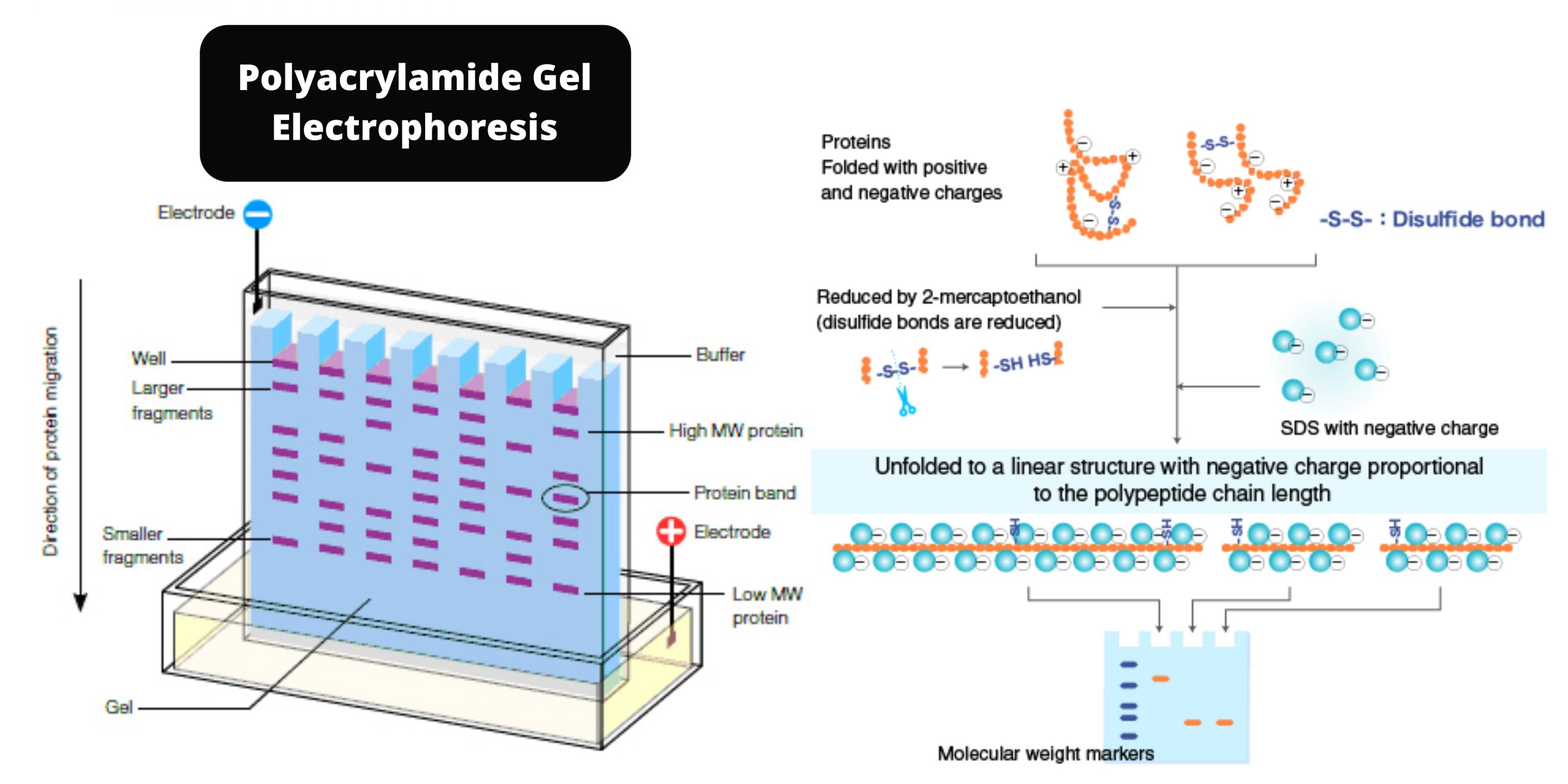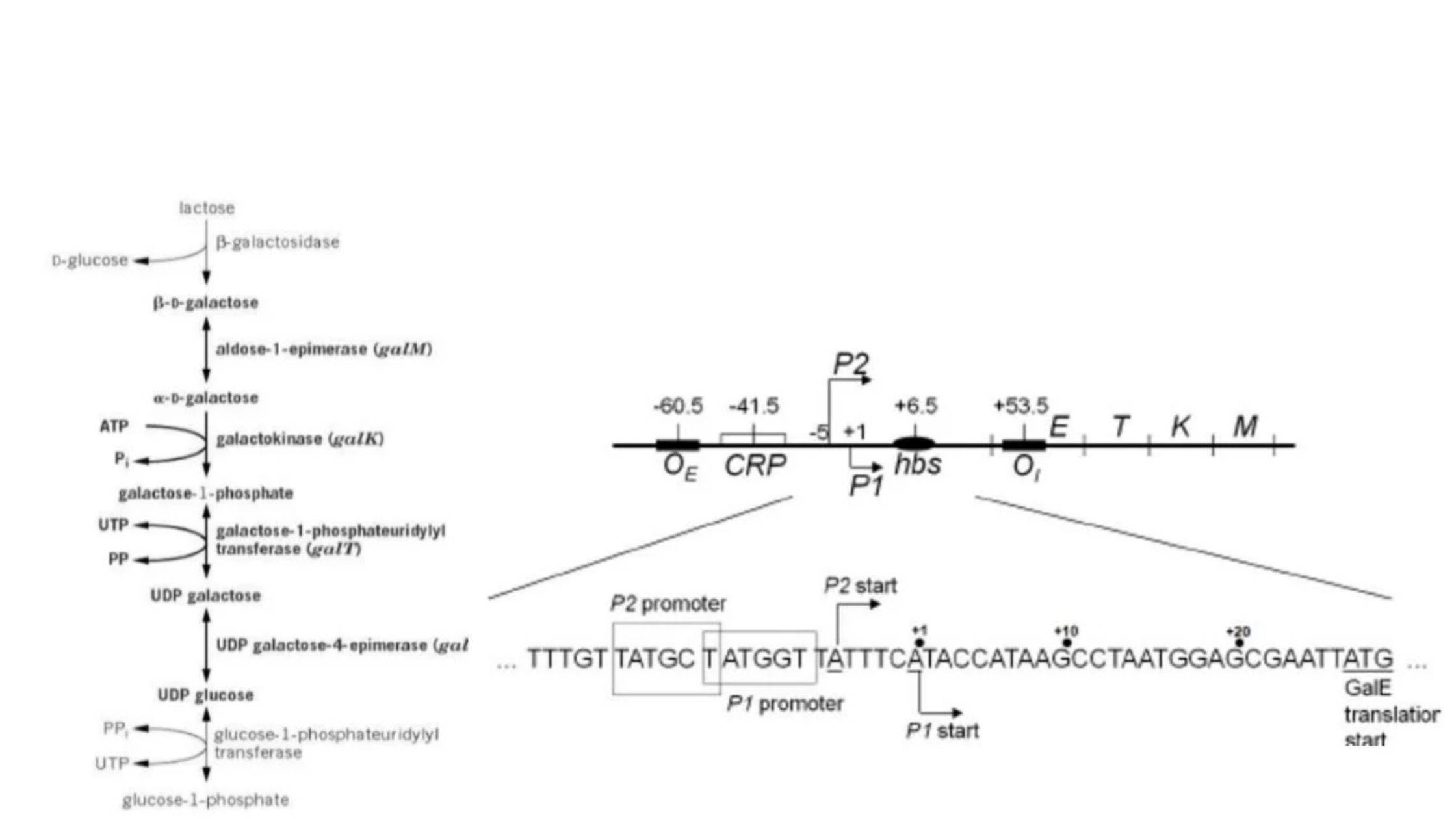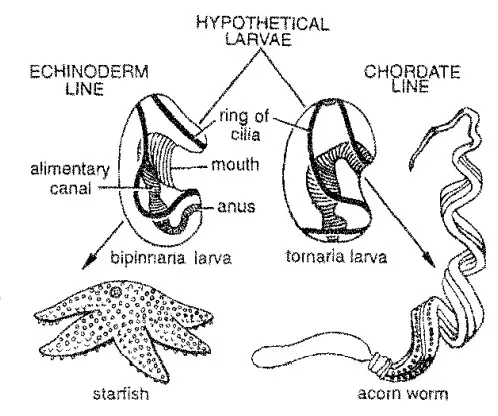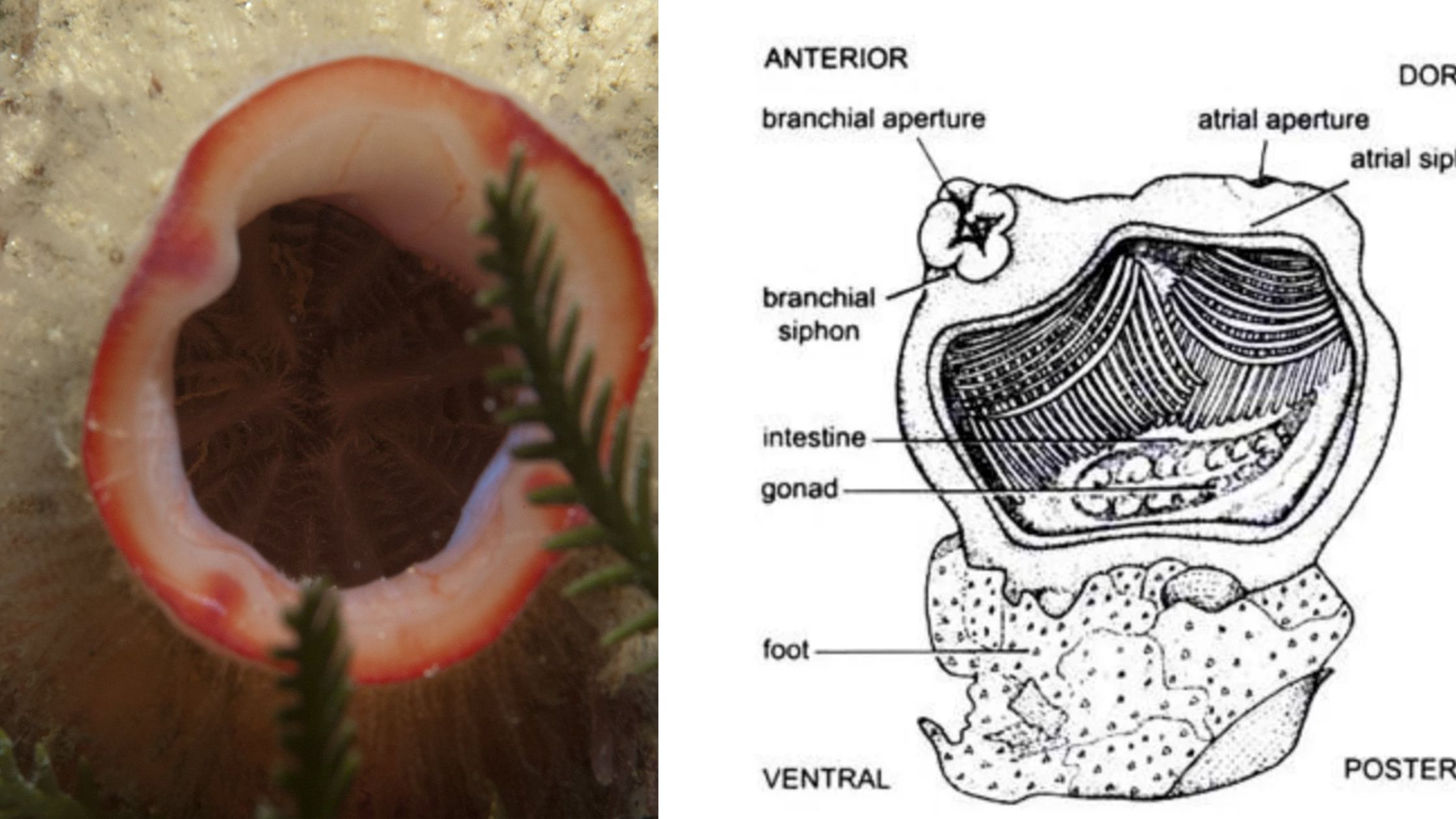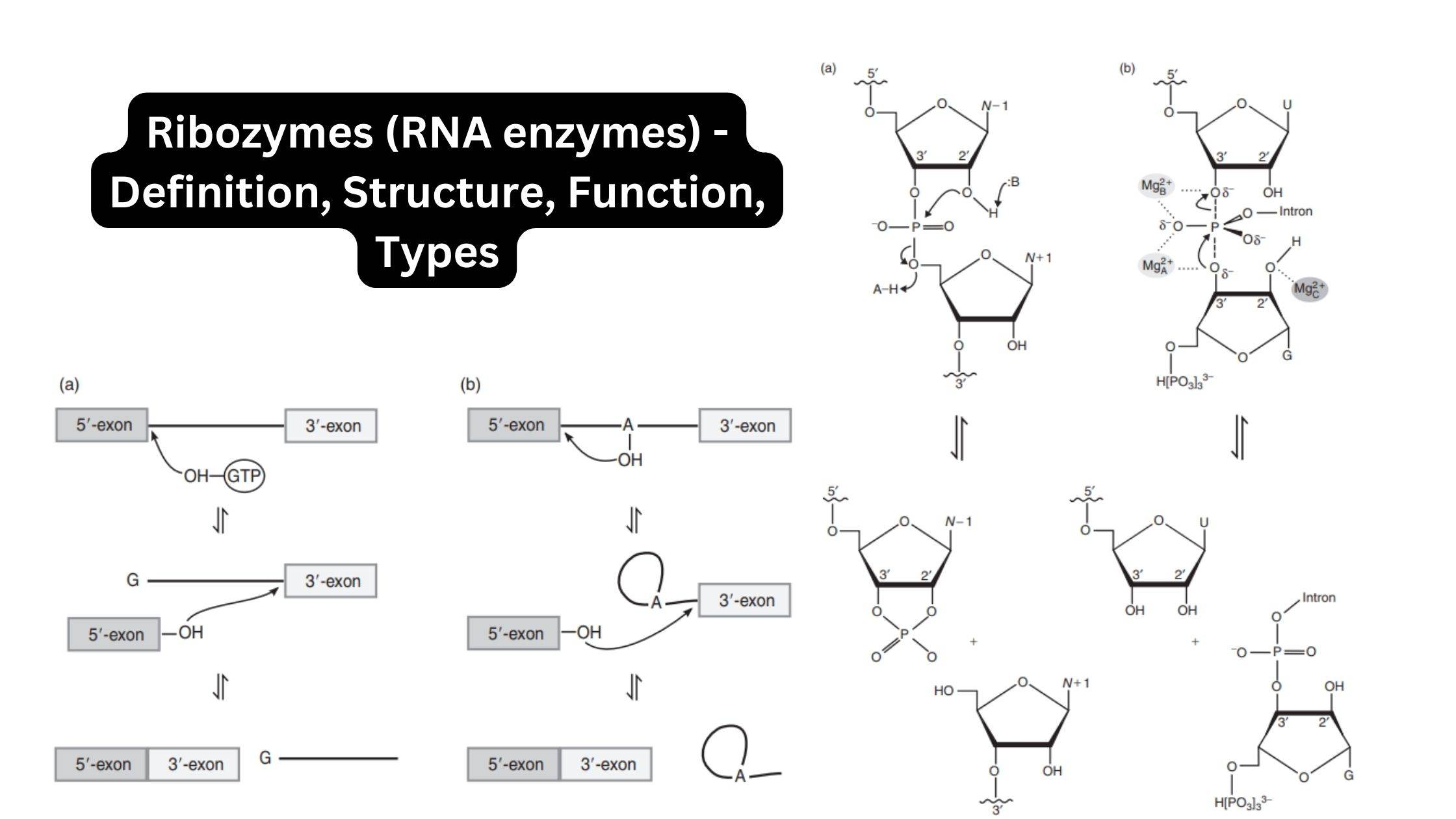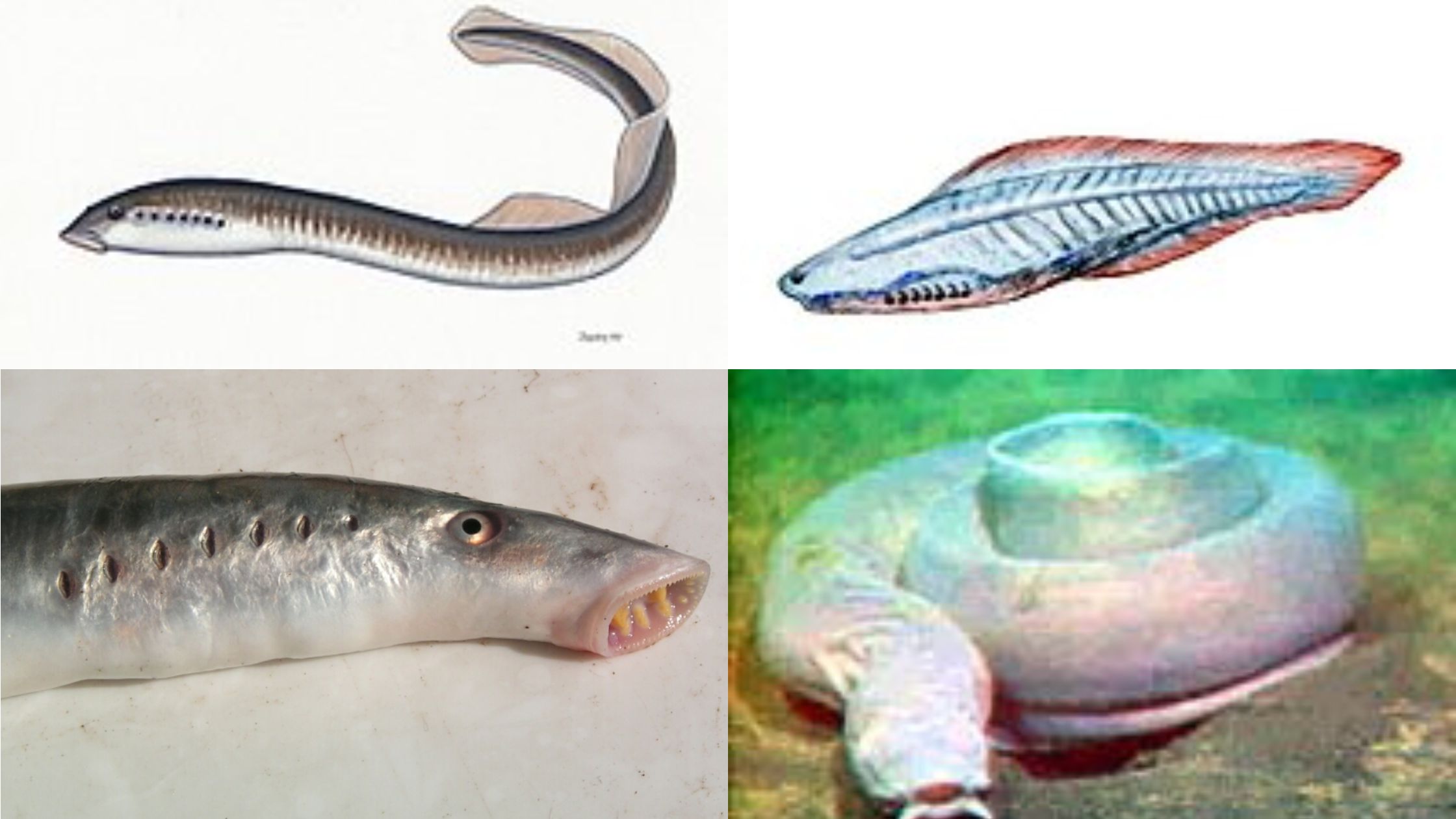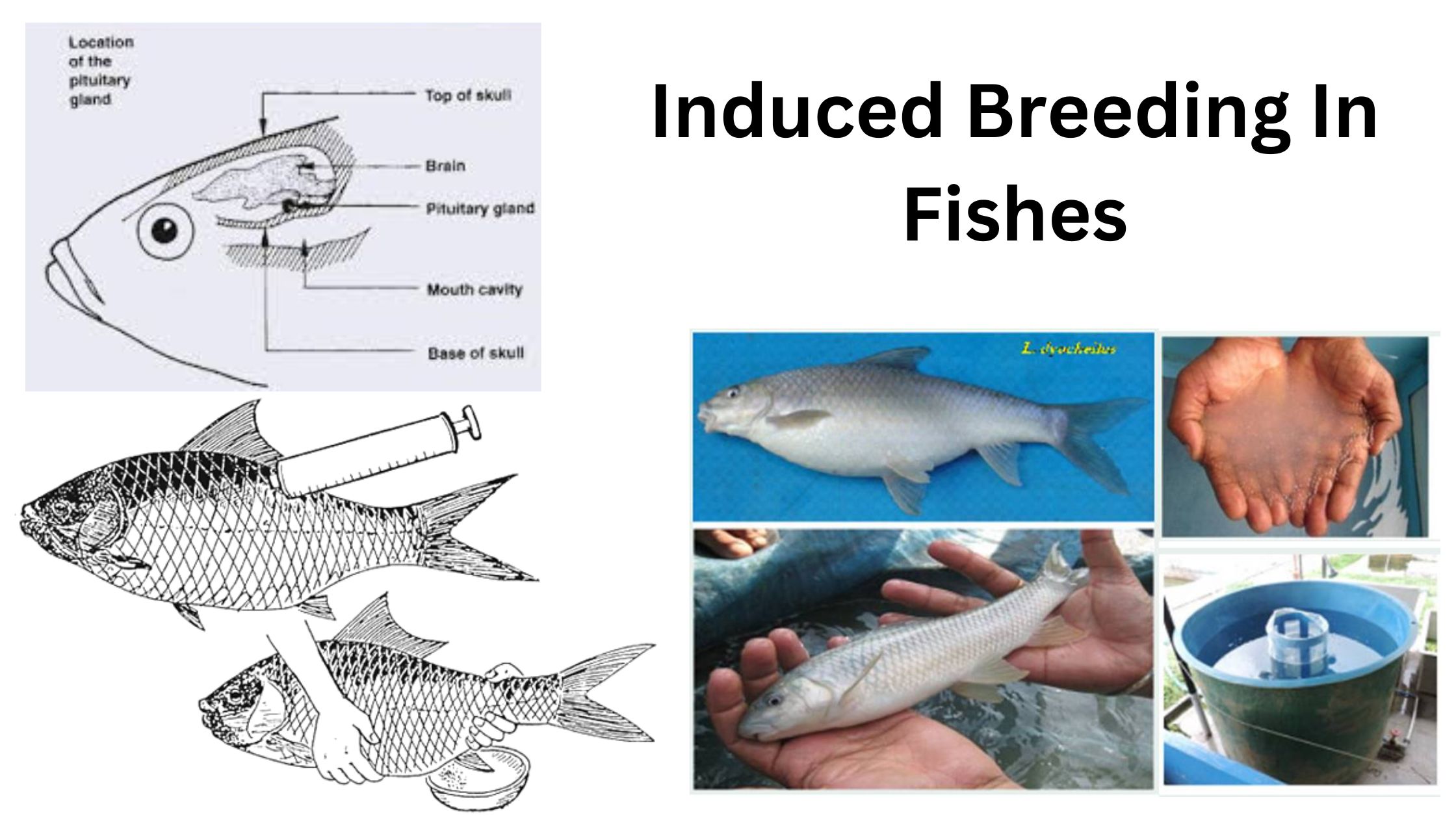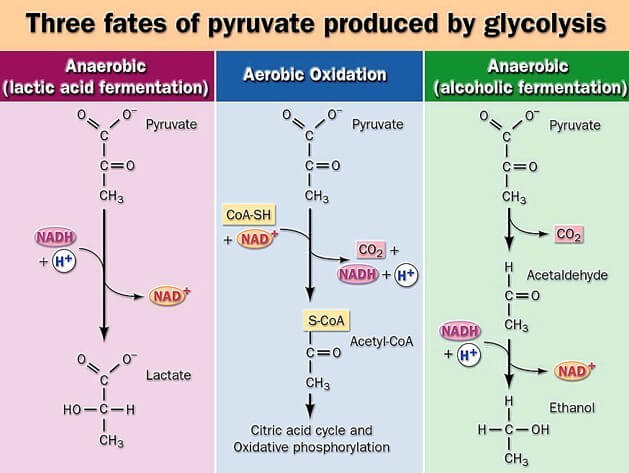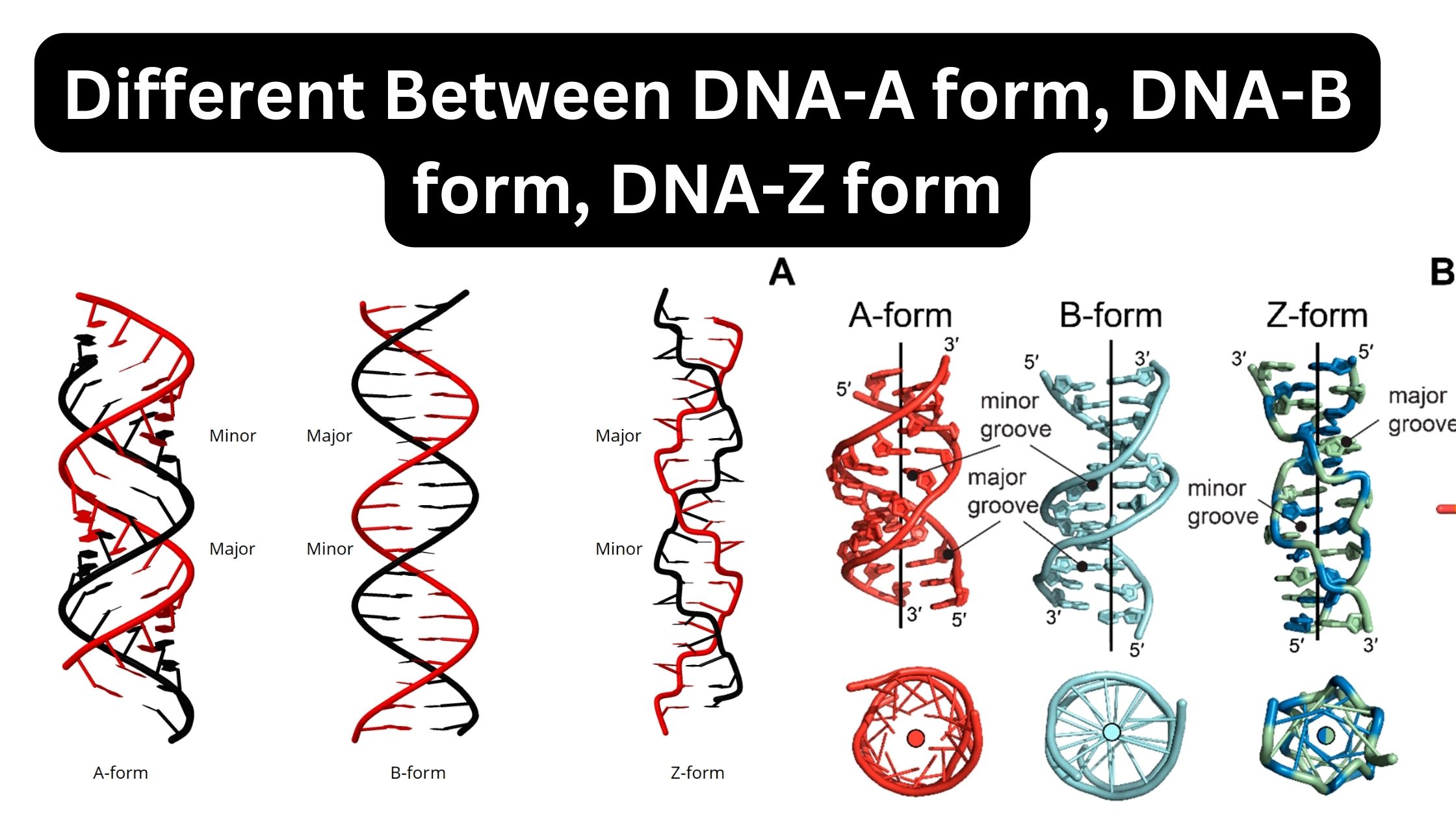Native Polyacrylamide Gel Electrophoresis (PAGE)
Native PAGE is the method where proteins are separated in their original folded condition without any use of denaturing reagents. It is the process in which the movement of proteins in a polyacrylamide gel is controlled by the natural charge, size and the native conformation of the molecules. The proteins migrate through the gel matrix … Read more
